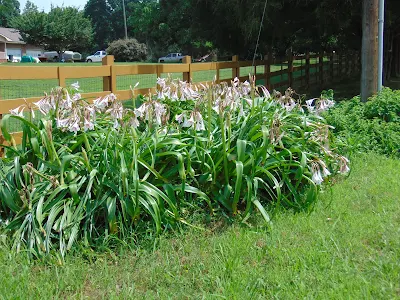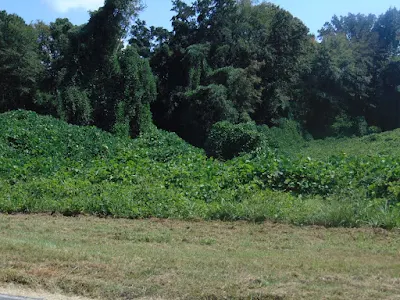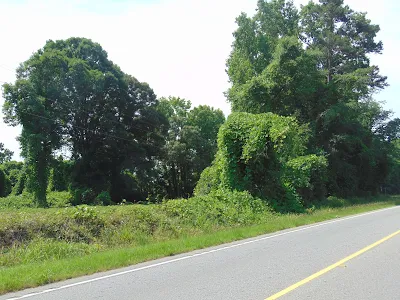 |
| Crape Myrtle Trees of various colors are at peak bloom in August in South Carolina. |
This is part two of my three-part photojournal series documenting some of the wonderful sights common with the summer months down here in my small corner of South Carolina.
The following are the photographs I took of the various diverse summer flowers and plants in and around my hometown. Many of these have interesting backstories, another piece of beautiful quilt that represents Southern identity and heritage.
In upstate South Carolina, the Crape Myrtle Tree (Lagerstroemia indica) has come to symbolize the American South much like the Southern Magnolia (which is far more common near the coastal areas of the State) because of its extensive planting and ability to thrive in hot, humid summer climates with regular precipitation.
The Crape Myrtle was originally native to Asia -- specifically the Indian Subcontinent, Southeast Asia, China, Korea, and Japan. In South Carolina, this beautiful species of tree was first introduced around 1790 in Charleston by the French botanist Andre Michaux. Crape Myrtles come in various colors and have dozens of different species.
Another non-native transplant that has come to symbolize Southern identity, the Kudzu plant, was first introduced to the United States from Japan in 1876 at the Centennial Exposition in Philadelphia, Pennsylvania. Kudzu was introduced to the Southland in 1883 at the New Orleans
Exposition. The vine was widely marketed in the Southeast as an
ornamental plant to be used to shade porches and use for landscaping as a cover plant to allegedly prevent soil erosion -- the later idea was widely used in the 1930s during the Dust Bowl.
There is a certain beauty to Kudzu, even though the vine has a bad reputation for pretty much covering up anything it comes across. It is often referred to (somewhat erroneously) as "the vine that ate the South". The Kudzu plant has a notorious habit of swallowing up other plants and trees and can be widely seen along every major highway in the American Southland during the summer months.
 |
| An advertisement for Kudzu seeds circa 1890s. |
There is a certain beauty to Kudzu, even though the vine has a bad reputation for pretty much covering up anything it comes across. It is often referred to (somewhat erroneously) as "the vine that ate the South". The Kudzu plant has a notorious habit of swallowing up other plants and trees and can be widely seen along every major highway in the American Southland during the summer months.
Be sure to
check out part three coming up where I will show y'all the photos I've
taken of the various insects common to my corner of
South Carolina in the summertime.




























 ,
,































No comments:
Post a Comment